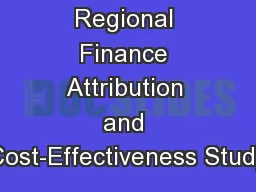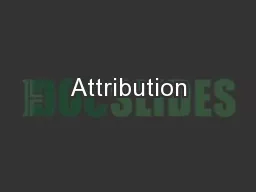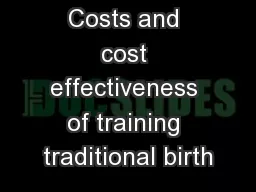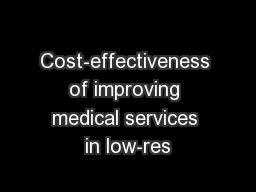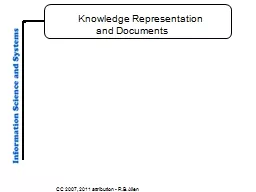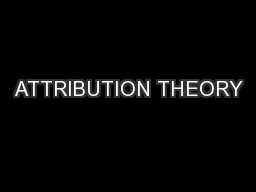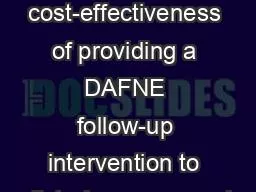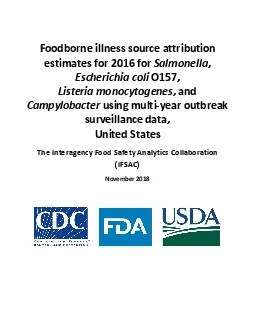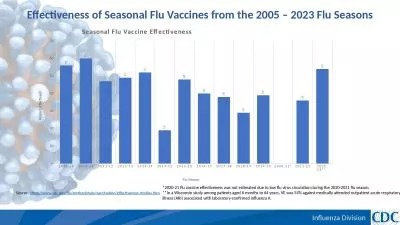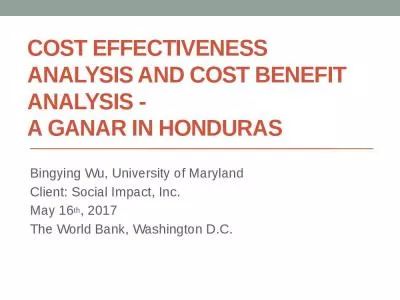PPT-Regional Finance Attribution and Cost-Effectiveness Study
Author : debby-jeon | Published Date : 2018-10-24
Market Insights May 22 nd 2018 Alan Elliott Principal Consultant Opinion Dynamics The evaluation team performed attribution and costeffectiveness studies of three
Presentation Embed Code
Download Presentation
Download Presentation The PPT/PDF document "Regional Finance Attribution and Cost-Ef..." is the property of its rightful owner. Permission is granted to download and print the materials on this website for personal, non-commercial use only, and to display it on your personal computer provided you do not modify the materials and that you retain all copyright notices contained in the materials. By downloading content from our website, you accept the terms of this agreement.
Regional Finance Attribution and Cost-Effectiveness Study: Transcript
Download Rules Of Document
"Regional Finance Attribution and Cost-Effectiveness Study"The content belongs to its owner. You may download and print it for personal use, without modification, and keep all copyright notices. By downloading, you agree to these terms.
Related Documents

